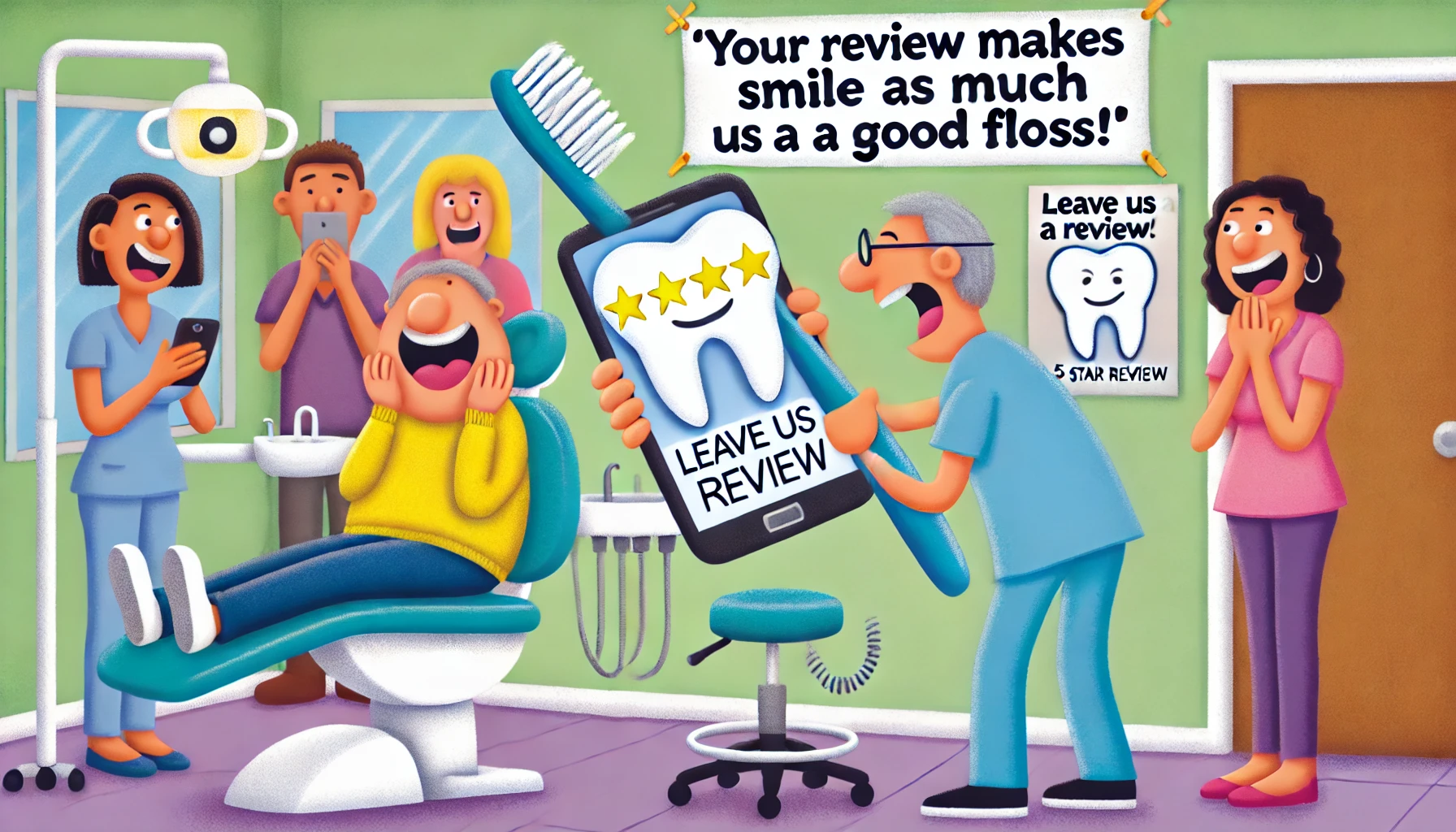Strategies to improve patient experience for otolaryngology: Enhance satisfaction and care quality
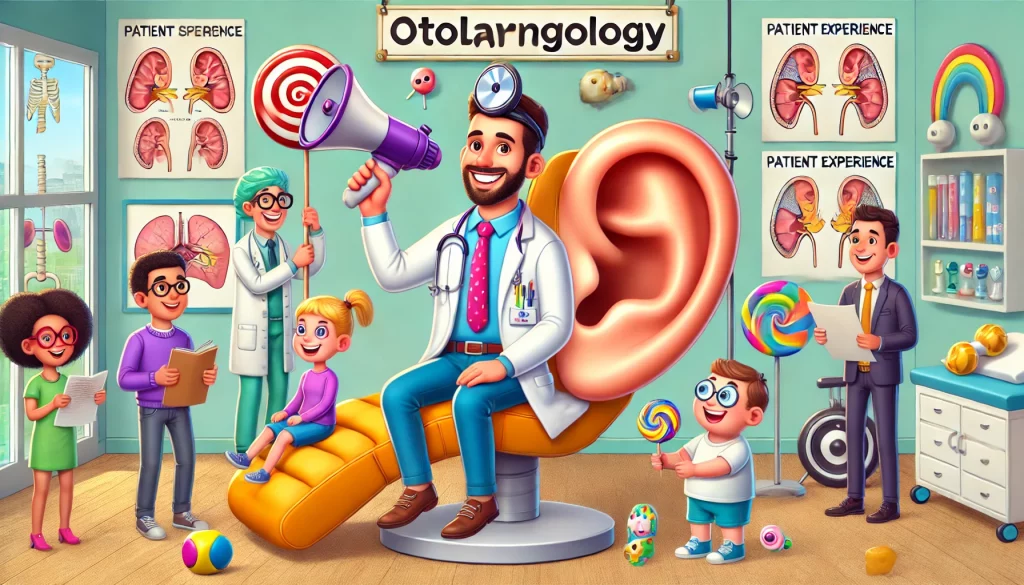
As an otolaryngologist, addressing the hearing, speech, and overall communication needs of your patients is critical. The patient experience at your clinic plays a vital role in patient retention and the success of your practice.
Optimizing seamless patient experiences fosters strong relationships and encourages patient loyalty. Here are 10 recommendations to revolutionize your otolaryngology patient experience.
Importance of improving patient experience in otolaryngology
Unique challenges in ENT practice
Otolaryngology, or ENT (Ear, Nose, and Throat) medicine, presents unique challenges due to the sensitive nature of issues affecting communication and quality of life. These challenges underscore the importance of creating a positive patient experience for effective treatment and patient satisfaction.
A study by the American Academy of Otolaryngology highlighted that patient-centered care significantly improves treatment adherence and overall outcomes, especially in specialties where the emotional and physical well-being of patients are closely intertwined.
Impact on treatment outcomes
A positive patient experience can lead to better adherence to treatment plans and improved clinical outcomes. It also fosters trust between patients and healthcare providers, which is essential for the long-term management of ENT conditions.
Research published in The Patient Experience Journal found that patients who reported a positive experience were 50% more likely to follow through with recommended treatment plans.
Role in modern healthcare
In today’s patient-centered healthcare landscape, experience is a key metric for quality of care. It influences patient choice, reimbursement rates, and overall practice success.
According to the New England Journal of Medicine, practices that prioritize patient experience see a 20% increase in patient retention and a 15% improvement in overall satisfaction scores.
Benefits of improving patient experience
For patients
Increased satisfaction: Patients who have a positive experience are more likely to feel valued and respected, leading to higher overall satisfaction with their care. According to a survey by Press Ganey, 70% of patients who felt their concerns were addressed were more likely to recommend their provider to others.
Better understanding of condition and treatment: Clear communication and patient education improve understanding of ENT conditions and treatments, empowering patients to make informed decisions about their health.
Reduced anxiety: A supportive environment and clear communication can significantly reduce patient anxiety, which is particularly important in ENT practices where procedures can be intimidating. A study by the National Institutes of Health found that patient education and clear communication can reduce pre-procedure anxiety by 30%.
For otolaryngologists
Improved clinical outcomes: Patients who understand their conditions and feel comfortable with their care plan are more likely to follow treatment recommendations, leading to better clinical outcomes and fewer complications.
Economic benefits: Satisfied patients are more likely to return for follow-up care and recommend the practice to others, resulting in increased patient retention and practice growth. Data from the Medical Group Management Association (MGMA) suggests that practices with high patient satisfaction see a 25% increase in revenue.
Professional satisfaction: Positive patient interactions can increase job satisfaction for otolaryngologists, helping to prevent burnout and improve overall career longevity.
For clinics/practices
Competitive advantage: In a competitive healthcare market, superior patient experience can set a practice apart and be a key factor in patient choice and referrals. Practices that prioritize patient experience are 50% more likely to retain patients, according to the American Hospital Association.
Reputational benefits: Positive patient experiences lead to better reviews and word-of-mouth recommendations, enhancing the reputation of the practice in the community.
Increased operational efficiency: Streamlined processes that improve patient experience often lead to greater operational efficiency, resulting in cost savings and improved resource utilization.
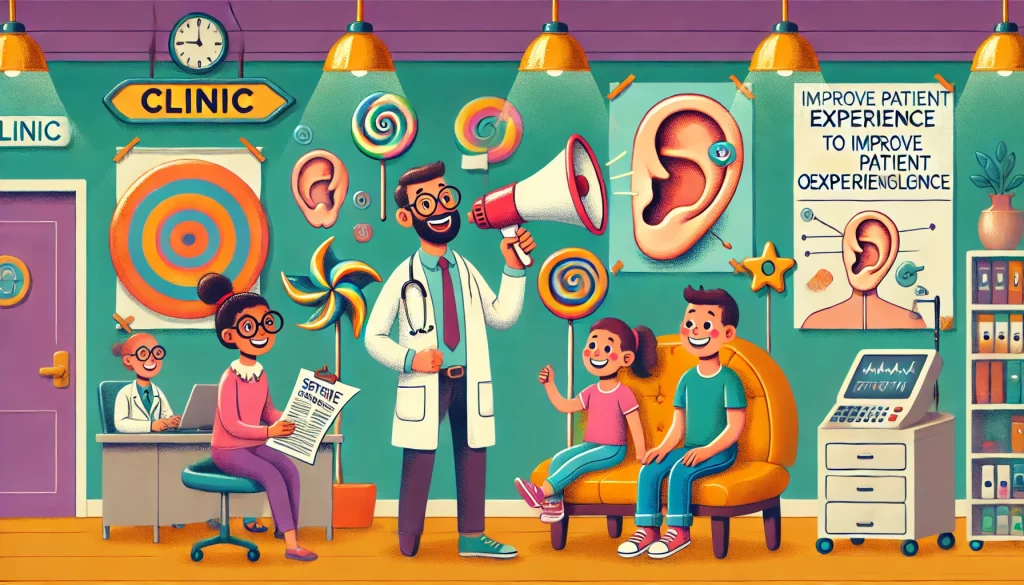
Strategies for improving patient experience
Prioritize sanitization
In an era where health and cleanliness are paramount, prioritizing sanitization measures can significantly boost patient confidence. Clear signage detailing your clinic’s cleaning protocols assures patients of their safety.
The CDC reports that clinics with transparent sanitization protocols see a 35% increase in patient satisfaction.
Streamline appointment scheduling
Offering multiple, convenient channels for patients to book appointments—such as text messages, social media, and website chats—can improve accessibility and patient convenience. Practices that offer flexible appointment scheduling options see a 22% decrease in no-show rates, according to The Journal of Medical Internet Research.
Simplify payment processes
Replacing outdated payment methods with quicker, safer, and more accessible alternatives enhances the overall patient experience. Integrating services with platforms like Square or PayPal can help manage payments effortlessly, contributing to a smoother patient experience.
Swift follow-ups post appointment
Follow-ups after consultations show your dedication to patient health and wellness. Simple gestures like sending an SMS message to check on patients or making a call to discuss updates in their treatment plan can significantly enhance the patient experience.
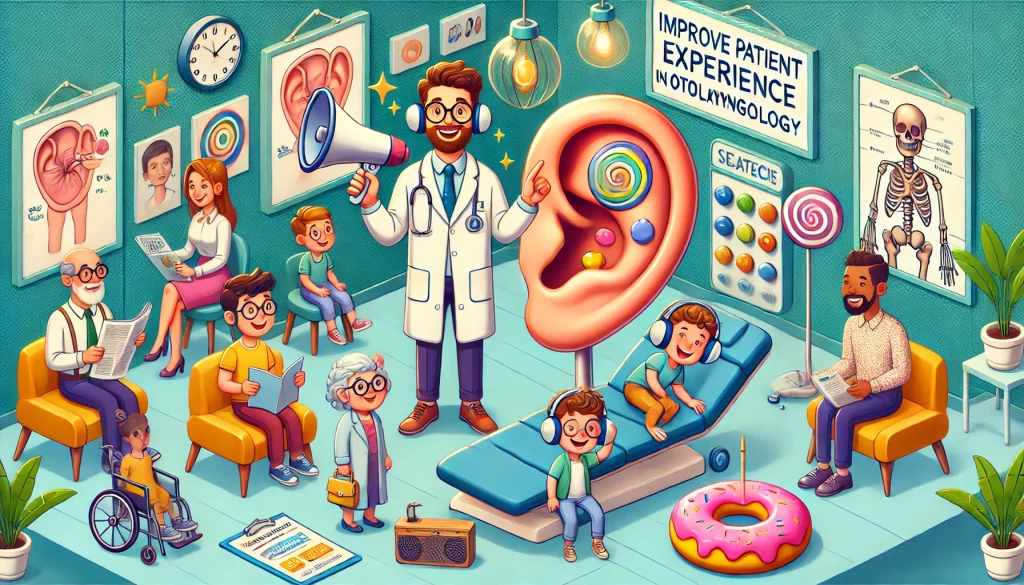
Leverage telemedicine capabilities
Offering telemedicine appointments for remote consultations can significantly enrich the patient experience by extending your services’ accessibility and convenience. Practices offering telehealth services saw a 45% increase in patient engagement during the pandemic, according to McKinsey & Company.
Invest in patient education
Providing resources and materials to help patients comprehend their diagnoses or treatment plans can reassure them and build their confidence in your clinic’s healthcare services. Educational materials tailored to patient needs can improve treatment adherence by 30%, according to the American Journal of Otolaryngology.
Value patient feedback
Valuing patient feedback and using it to guide your clinic’s approach to patient care fosters an atmosphere of respect and inclusion. When patients feel that their voice is heard, they are more likely to have a positive experience at your clinic.
Foster a patient-centric culture
Encouraging a patient-centric culture in your clinic has a strong, positive impact on the patient experience. Prioritizing patient comfort, emotional needs, and communication can create a welcoming environment for your patients.
Modernize communication
Efficient communication is key to patient satisfaction. Tools like Podium Webchat facilitate real-time, personalized communication that can significantly improve the patient experience.
Practices that implement modern communication tools report a 30% improvement in patient satisfaction and engagement.
Ensure continuity of care
Offering a consistent healthcare experience, regardless of your patients’ touchpoints with your clinic, demonstrates your reliability and dedication to their well-being. Practices with high continuity of care have 20% fewer hospitalizations and better overall patient outcomes, according to The Journal of Primary Care & Community Health.
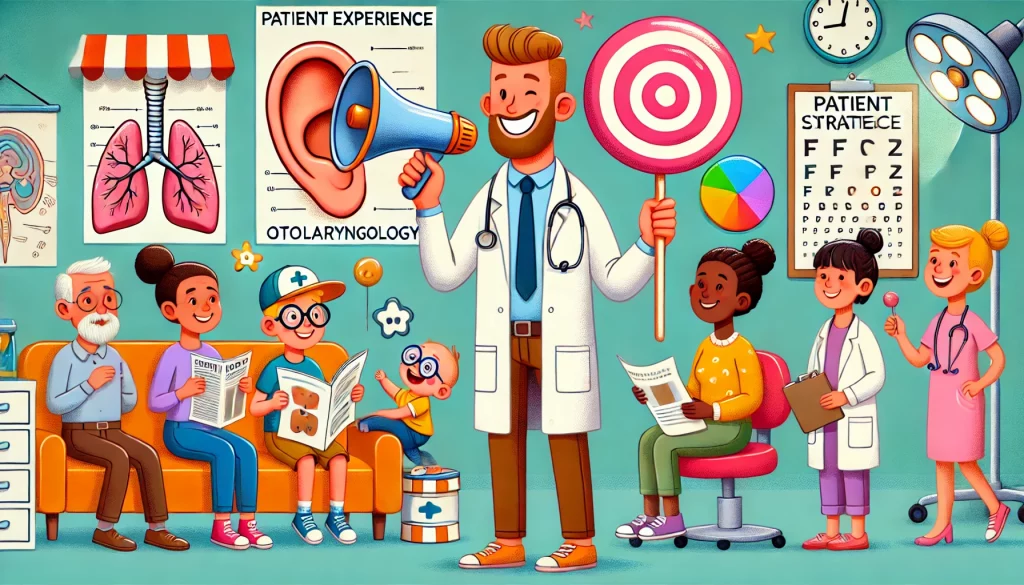
Expert opinions on improving patient experience in otolaryngology
Dr. Emily Hartman, Chief otolaryngologist at Lakeside Medical Center: “Incorporating advanced telemedicine solutions can significantly enhance patient experience in otolaryngology. By providing virtual consultations, we can reduce patient wait times and offer convenient access to specialist care, especially for follow-up appointments. Additionally, implementing remote monitoring tools allows us to track patient progress more effectively and adjust treatment plans promptly.”
Dr. Michael Stone, Head of patient experience at Riverside ENT Clinic: “Creating a patient-centered care environment is crucial. This involves training staff to practice empathy and active listening, ensuring that patients feel heard and understood. Personalized care plans that consider the patient’s lifestyle, preferences, and specific needs can greatly improve their overall satisfaction and outcomes.”
Dr. Lisa Nguyen, Otolaryngology consultant at Urban Health Institute: “Streamlining the appointment scheduling process is key. Utilizing an efficient online booking system that offers flexible scheduling options can help patients manage their visits better. Additionally, sending timely reminders and follow-up messages via text or email can reduce no-show rates and enhance patient engagement.”

 7 min
7 min 



